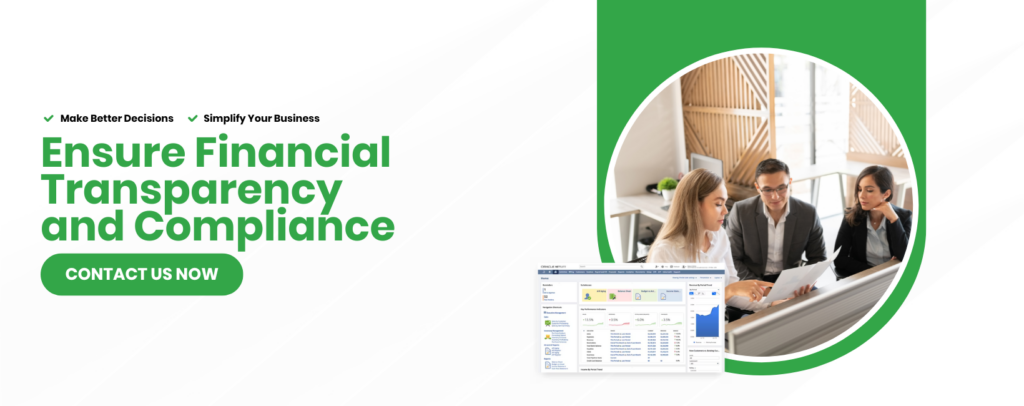Know the Details
After an end user has made a system change, you may need more detail about who, what, where and when the change was made. With a more robust software system, you have the capability to drill down into a record or transaction and understand every aspect of a change: the end user, which record was changed, what was changed, who made the change, and the date and time the change occurred. In addition, you can access the old value of the record in addition to the new value. These are all very important pieces of information to have as part of your audit trail – for both internal and external auditors.
Better Risk Management
Enhance your risk management capabilities by running reports on a given end user and examine their activity: what records they’ve looked at or touched and where they’ve made additions, edits and deletes. With many software systems, once a record is deleted, there is no longer any trail of it. It simply disappears into thin air. With a more robust system, you will know which record was deleted, who deleted it, the date and the time. You can truly track what goes on in your database.
View a detailed log-in and log-out history showing last time someone went into the system, how long they were there and what they were doing during that time. Set up a notification system to let you know if suspicious activity is occurring. If a customer list is downloaded a certain number of times, you can receive an e-mail advising you of the unusual activity.
Positive Reinforcement
The audit tracking capabilities of an integrated system aren’t relegated to fraud and detection. Use the system proactively to let you know how your team is doing and to identify their needs. Rolling out new functionality? Then you’ll want to know if your team is logging on and using the new tools available to them. You’ll be able to view who has logged in and is using the tools and who isn’t.
If someone hasn’t logged in, do they need more training? Why aren’t they adopting the solution? With more robust system you have proactive ways to monitor and provide solutions. Prevention and proactivity. Just two of the benefits a more robust software system can offer your business.

If you found the above content interesting, be sure to watch our video on:
Uncover invaluable insights to decode the messages within your data, and embark on a journey through tech stacks that are designed for optimal performance. Learn to identify key performance indicators (KPIs) worth monitoring and gain the know-how to create customized dashboards tailored to your business objectives.
Don’t miss this opportunity to refine your accounting approach. Tune in for a comprehensive guide to enhance your practices and amplify your outcomes.

